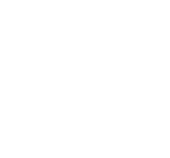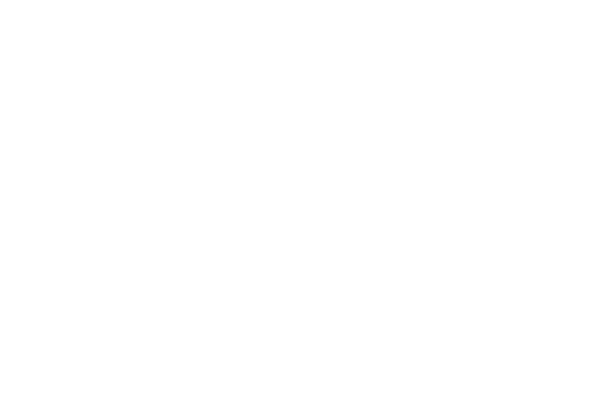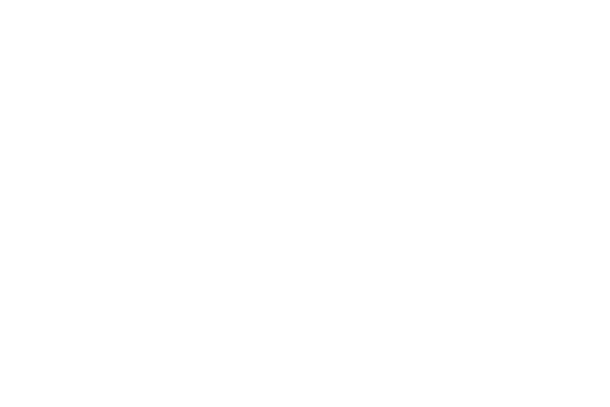 |
 |
 |

|
Panamarama Biomuseo, Panamá 2014
Image courtesy Biomuseo. Photo: ©Fernando Alda
|
|
 |
BIOMUSEO
Museum of Biodiversity at Panama
Opening October 8, 2014
Name of Main Exhibit: Panama: Bridge of Life
Architect: Frank Gehry
Main Exhibition Design: Bruce Mau
Landscaping: Edwina Von Gal
Description
The Biomuseo is the only one in its class in the region. Designed by world known architect Frank Gehry (in his first incursion in Latin America), the building was conceived mainly to tell a story: how the emergence of the
Isthmus of Panama changed the history of our planet. The exhibition conceived by Bruce Mau proposes a level of interaction by the public, never seen before inmuseums in this area. For the people of Panama the Museum is a valuable educational tool that will help to show the importance of the biodiversity of our land.
The place of Biomuseo in Panama’s culture
Besides being an architectural icon (it is Frank Gehry’s first incursion in Latin America), the main exhibition tells of how the Isthmus of Panama changed the history of our planet. Also, the museum plans to have a profound impact on education, primarily in subjects related to biodiversity.
Who designed the content of the Museum?
The scientific content has been developed by a group of scientists in the Smithsonian Institute and the University of Panama. Among these is Anthony Coates, author of the general concept of the main exhibition. As to the formal, graphic part, all the elements have been conceived by a group of designers lead by Bruce Mau, a Canadian citizen.
What is the story that the Museum will tell?
Biomuseo will tell the story of the appearance of the Isthmus of Panama three million years ago, and how this sprouting joined lands and divided oceans, changing life on Earth and generating the climate we now know. It is a dramatic example of how living creatures and their relationship with the environment can become unknown and powerful agents of change.
How does the museum help Panama?
The Museum is a tool that will help the people of Panama discover its value in terms of the biodiversity of our country, and in this sense it will mean a huge impact on education as a whole, bringing together in our nation the most distinguished scientific resources that the world has to offer. Besides being an important tourist attraction, it is an element that will help towards the investment climate of Panama, bringing it closer to the most important capitals of the world.
|

|
Posted 11 October 2014
|
Share this:
|
|
Panama has played in creating the modern world.
When the theme of the Museum was agreed upon, Gehry Partners subcontracted its design to Bruce Mau Associates who conceived the design for telling the three stories. The building was designed around eight major galleries that the visitor will traverse in a sequence that outlines the major chapters in the story. Each gallery will have a large “Device of Wonder” at its center. These will be major symbolic sculptures or reconstructions, lying at the junction of art and science, which are designed to evoke surprise and curiosity and to draw the visitor into a series of exhibits that recount the particular chapter in the story that the gallery represents.
|
|
|
|
|
|
|

Panamarama Biomuseo, Panamá 2014
Image courtesy Biomuseo. Photo: ©Fernando Alda
|
|
|
|
|
|
|
The design is conceived as absorbing the attention of two major types of visitor. By large succinct lettering and dramatic samples, graphics, or interactive devices, the casual strolling visitor will come away with the main highlights of the exhibition. In smaller text, and with many exhibits, interactive devices, maps, videos and study tables the diligent student and the interested visitor can appreciate the full narrative in considerable detail. Along this path lays the full educational value of the museum and we hope that our specially designed programs can be integrated into the national school curriculum for the benefit of all young Panamanians.
Through the efforts of a remarkable architect, a creative designer, and the work of many talented Panamanians, and with the support of the Government of Panama, the
Smithsonian Institution, local organizations and businesses, as well as international
companies established in Panama, we are creating one of the new wonders of the world that will for many years symbolize the resurgence of the Republic of Panama in the
|
“
The Biomuseo will tell the story of the rise of the isthmus of Panama and how this event changed the natural world, as we know it.
”
|
|
|
|
In the article HOW PANAMA CHANGED THE WORLD by Dr. Anthony G. Coates wrote: "When the world famous architect Frank Gehry, who’s spouse is Panamanian, was persuaded to build in Panama one of his extraordinary iconic and unique buildings, he made it a prerequisite that the building would have a significant function. What better function than to house a major museum that would generate pride in all Panamanians by telling of the unique role their country has played in world history."
It is the first building in Latin America designed by the famous architect
Frank Gehry.
Since 2001, an international team of architects, designers, and members of the scientific community have been working on the design and development of the museum, which will be a gateway to new knowledge about the natural history of the isthmus and its biodiversity.
The Amador Foundation, a Panamanian nonprofit organization, promotes the Biomuseum.
The Biomuseo is an affiliate of the Smithsonian Institute. Panama is the only country, outside the United States, with museums affiliated to the
Smithsonian.
A team of experts from the Smithsonian Institute and the University of
Panama developed the Biomuseo’s scientific content. The conceptual design of the museum’s galleries is the work of Bruce Mau Design, one of the leading design firms in the world.
The Biomuseo’s educational program will address 40 thousand students from public schools, free of charge, every year.
The Biomuseo offers the opportunity to discover the value of Panama’s biodiversity. We hope that Panamanians take pride in their history and identity, as custodians of a site of unparalleled importance in the natural world.
The Biomuseo aims to:
a) Educate. Instruct visitors and the public about the importance of biodiversity, and especially the one found in Panama. To achieve this goal, we have taken a new approach to the traditional exhibition concept, with displays designed to produce
a sensory impact, thus motivating learning and discovery, and combining technology, art, and design.
b) Create a network of exchanges. The museum will be a place where visitors can learn about the natural and cultural wealth of Panama. The project is intended to produce a sustained international effect that will help generate a new understanding of the wealth of the twenty-first century: the wealth of our natural economy.
c) Convey. The museum aims to become a landmark, a symbol of global concern for the environment and conservation, and in turn, spread to the world Panama’s extraordinary natural heritage. As a result, the Bimouseo will become an essential attraction for Panamanians and foreigners alike.
The Biomuseo will promote education in general, bringing together in Panama leading scientific resources.
The Biomuseo will attract over half a million visitors per year.
In addition, the Biomuseo will become a major tourist attraction that will encourage the investment climate in Panama.
Panama is the logical home of the BIOMUSEUM because of its biodiversity and history.
Panama has one of the highest concentrations of different (known) species, in a territory of only 75,000 square kilometers.
The isthmus has more species of birds, mammals, reptiles and plants than those of the United States and Canada combined. 3 million years ago, the emergence of the isthmus of Panama changed the climate and biodiversity on the planet, playing a key role in the creation of the natural world we know today.
|
|
|
|

Panamarama Biomuseo, Panamá 2014
Image courtesy Biomuseo. Photo: ©Fernando Alda
|
|
|
|
|
|
|
|
|
|


